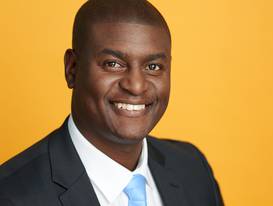
New guide to boost private equity investing by pension schemes in Kenya
RisCura’s findings in a private equity (PE) market study dispel the misconception that PE is a new asset class in the East African market.

RisCura’s findings in a private equity (PE) market study dispel the misconception that PE is a new asset class in the East African market.

Recent statistics from the Association for Savings and Investment South Africa (ASISA) show that South African Interest Bearing portfolios attracted the bulk of net annual industry inflows for the year ended June 2019, followed by Money Market portfolios. On the flipside, the South African Equity – General category recorded net outflows.
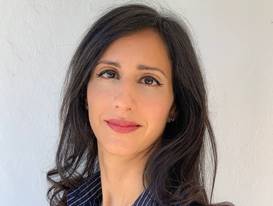
How does a fund construct its governance model so that it allows investors effective oversight over the activities of the general partner and fund manager, but does not go so far that it ends up jeopardizing the limited liability status of the investors? We explore this important question below.
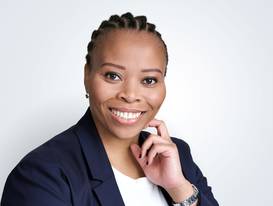
Responsible investors are becoming increasingly concerned about the impact of their current decisions on the environment they will retire into. Evidence of rapid climate change is stacking up and any investment decision not factoring this in may be short-sighted.

In June, the Institutional Limited Partners Association (ILPA) published the latest edition of its principles under the title “ILPA Principles 3.0: Fostering Transparency, Governance and Alignment of Interests for General and Limited Partners.”
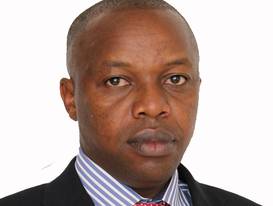
In deal making and M&A advisory, traditionally the space has been dominated by investment banks and the big accountancy firms. These firms have served the sector through corporate finance divisions whereas the investment banks have been among their mainstay business.
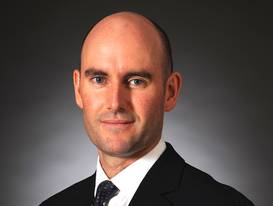
A prolonged period of poor performance from the local equity market has left many investors anxious and frustrated. While most understand the importance of taking a long-term view, it’s usually more difficult than anticipated to put this into practice. When the values of investments fall, investors’ gut instinct is to put a stop to it.
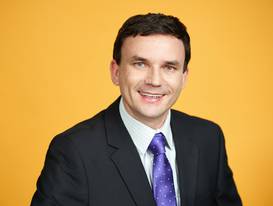
Despite ongoing trade tensions with the US, Chinese government policies and proactive market evolution continue to ensure strong opportunities for investment.
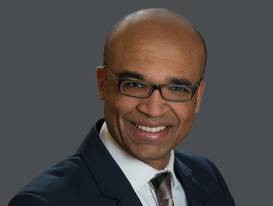
A key headline in the latest IMF projections for Sub-Saharan Africa is the revision to the GDP growth projection for 2019, down from 3.8% in October 2018 to 3.5%. Drill into the detail, however, and further trends emerge. This includes a divergence in performance between resource-dependent economies, which have faced headwinds, and more diversified economies, which show a more positive growth trajectory.

International Financial Centres (IFCs) have become a vital part of development finance for Africa in recent years - according to a recent Overseas Development Institute (ODI) report, IFCs galvanised additional finance to developing countries of $1.6trn between 2007 and 2014, much of which went into Africa.
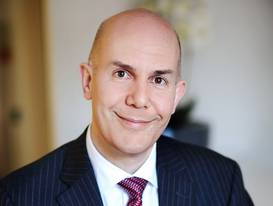
Over the past few decades, Ireland has built a solid reputation as a fund services centre of excellence, with $4.8trn of global assets under administration across approximately 14,000 individual funds being serviced by Irish Fund Administrators. Over 16,000 professionals work in the Irish fund services industry resulting in a deep and experienced talent pool.
-crop-c0-52__0-36-273x206-70.jpg)
If Africa is to boost regional and international trade, and if it is to support more tourism from within the continent and overseas, it will require significant investment in its airports.

Nestlé’s share price has responded well to recent developments, having risen by almost a third over the past year.

The private equity (PE) universe – of which venture capital (VC) is technically a subset - covers businesses in every sector and almost every stage of life. While investments in established companies form the bread-and-butter of most PE portfolios, it’s in early-stage ventures that many delicacies can be found. Not only do these provide an irresistible high-risk/high-return infusion, but, more importantly, investments in early-stage companies (including but not limited to VC) are essential in building the growth of an economy – and South Africa can do with an extra helping of this right now.